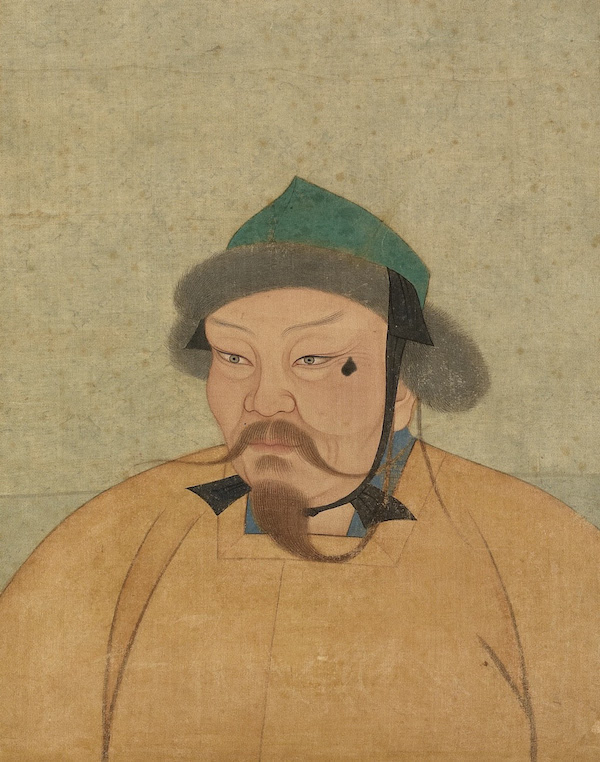Slaves and clients; Arabic Mamluks and mawlas: a fishy Turkic tail
From my 10th grade high school world history class in 1959, I was intrigued by the evocative, mysterious Mamluks. I was impressed by their achievements in statecraft, art, architecture, and many other fields. Thus Mamluk is a word that is very well known in English, even to a rural highschooler in Osnaburg Township of Stark County in northeastern Ohio, but I never imagined that their name meant "slave". Rather, I thought of the mighty Mamluks as military forces who were like knights, and in some cases were even rulers who founded states of their own. That they were, but I didn't realize they were of slave origin.
Mamluk (Arabic: مملوك mamlūk (singular), مماليك mamālīk (plural), translated literally as "thing possessed", meaning "slave", also transliterated as Mameluke, mamluq, mamluke, mameluk, mameluke, mamaluke, or marmeluke) is a term most commonly referring to non-Arab, ethnically diverse (mostly Turkic, Caucasian, Eastern and Southeastern European) slave-soldiers and freed slaves to which were assigned military and administrative duties, serving the ruling Arab dynasties in the Muslim world.
Read the rest of this entry »
